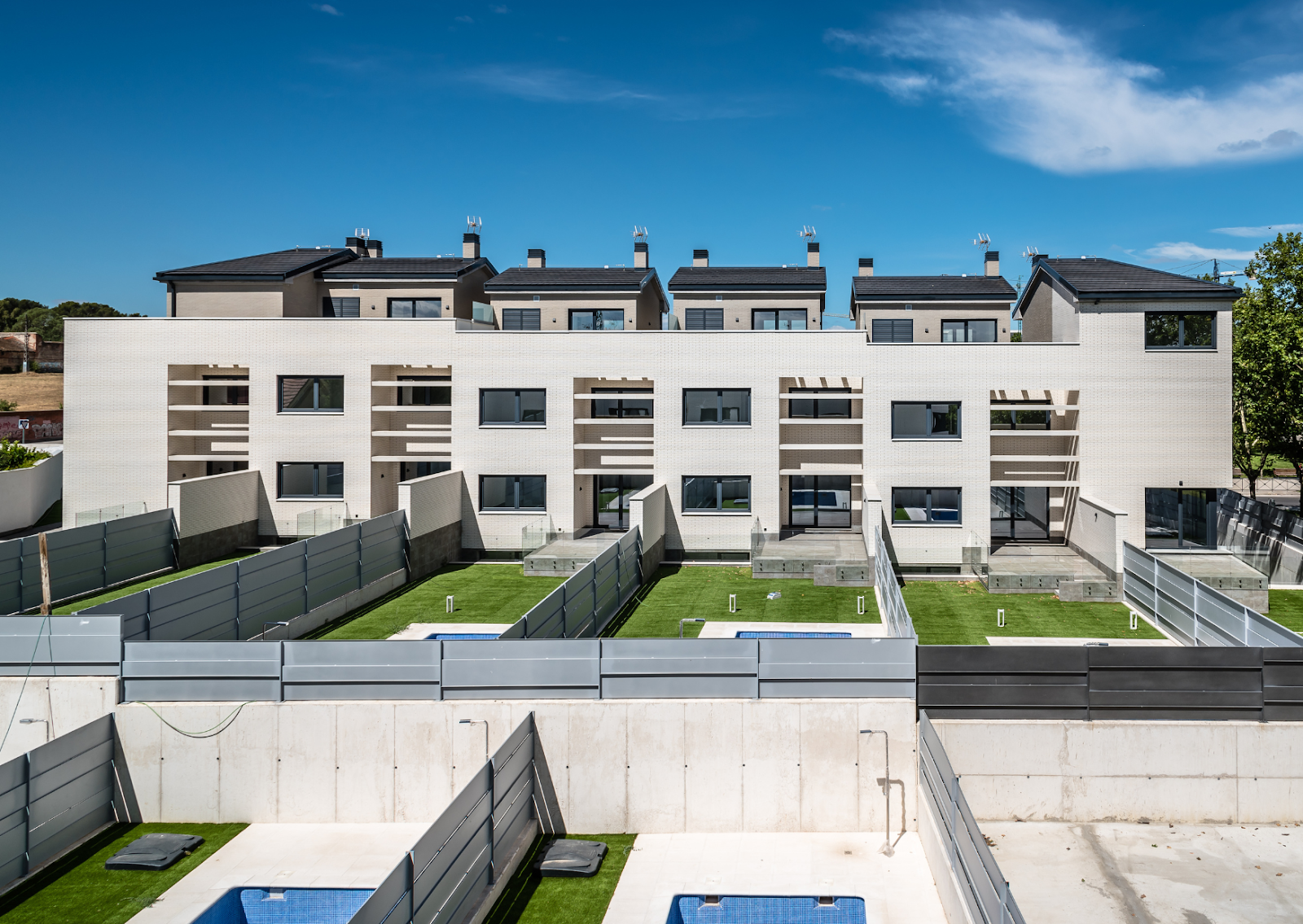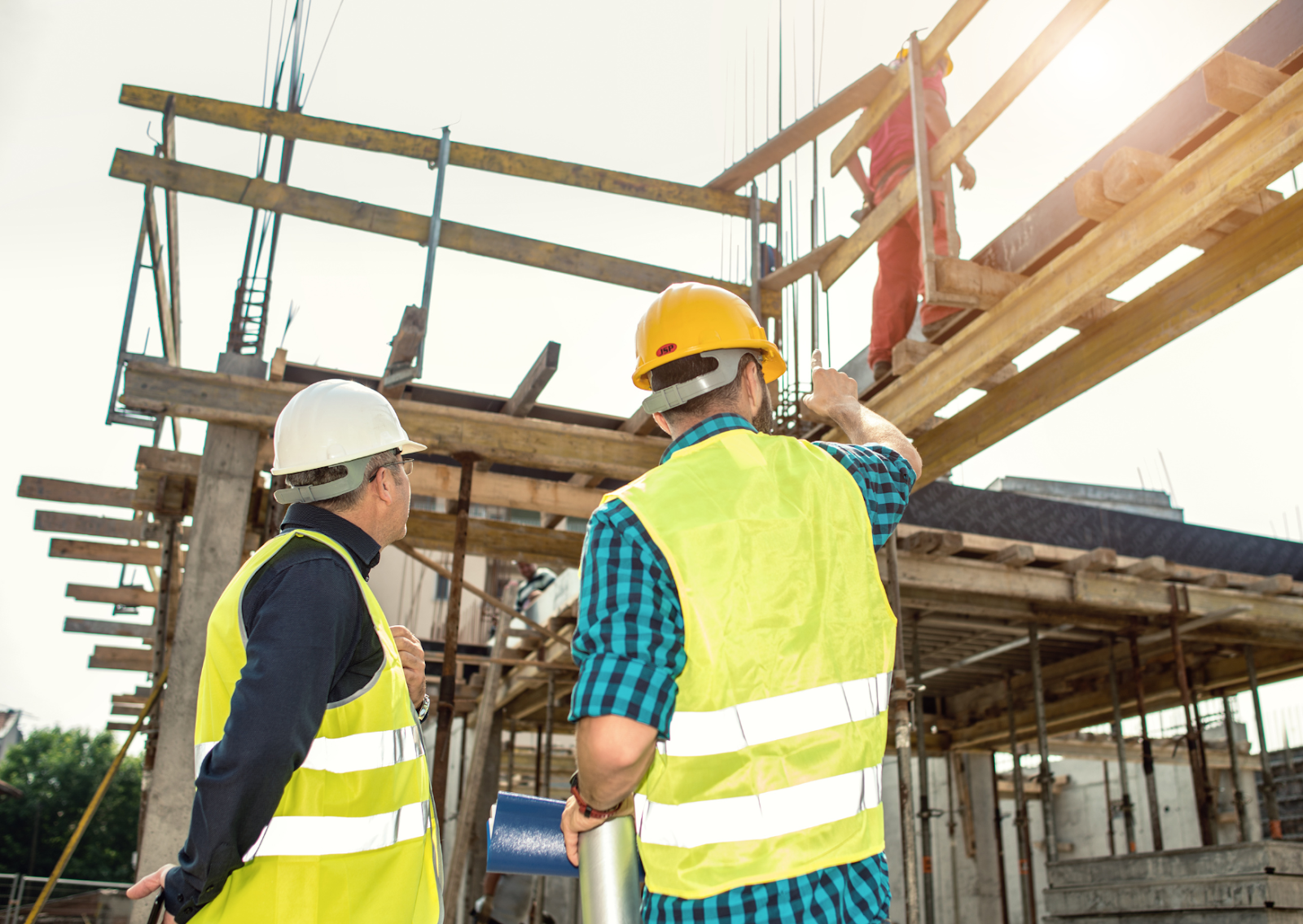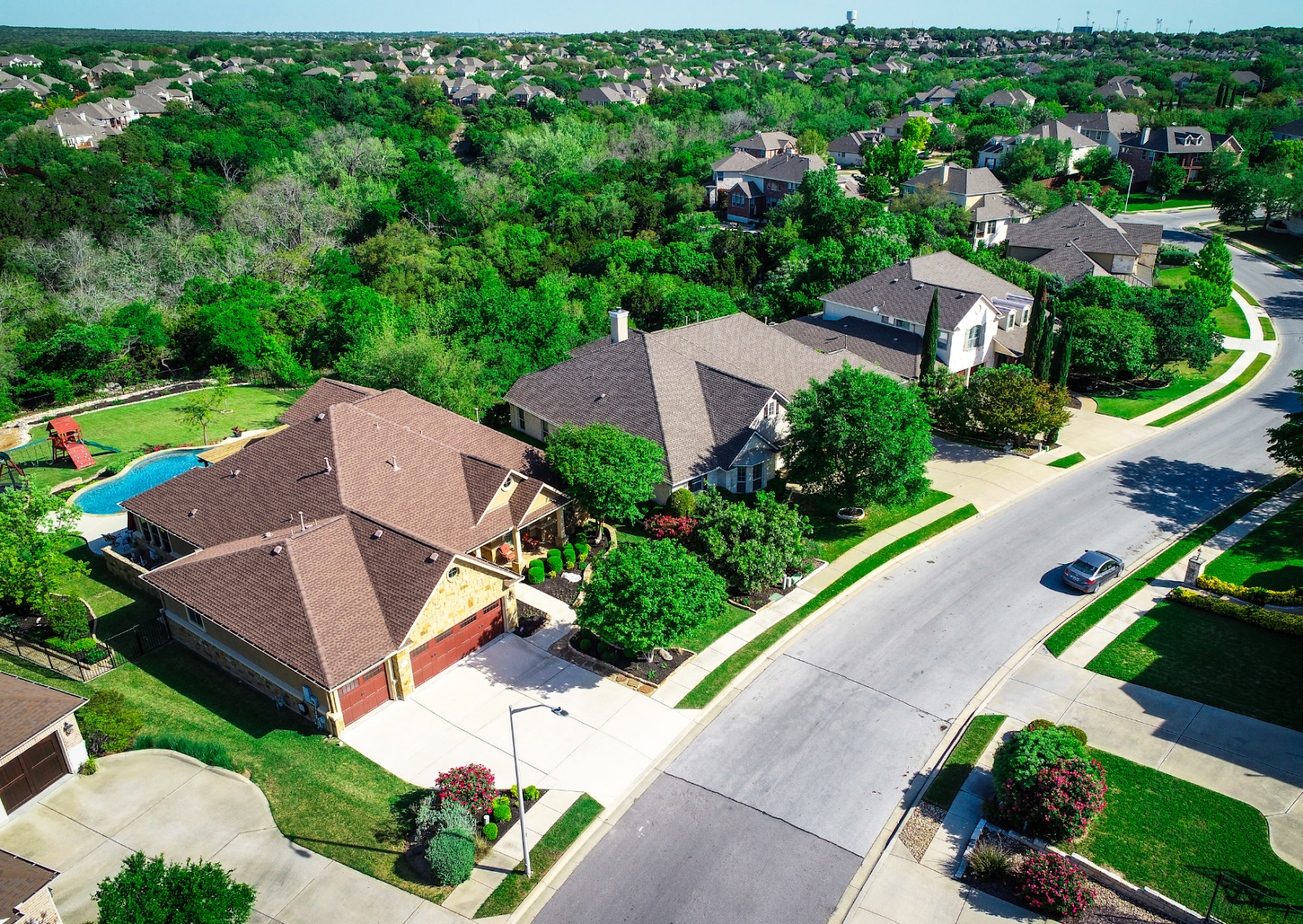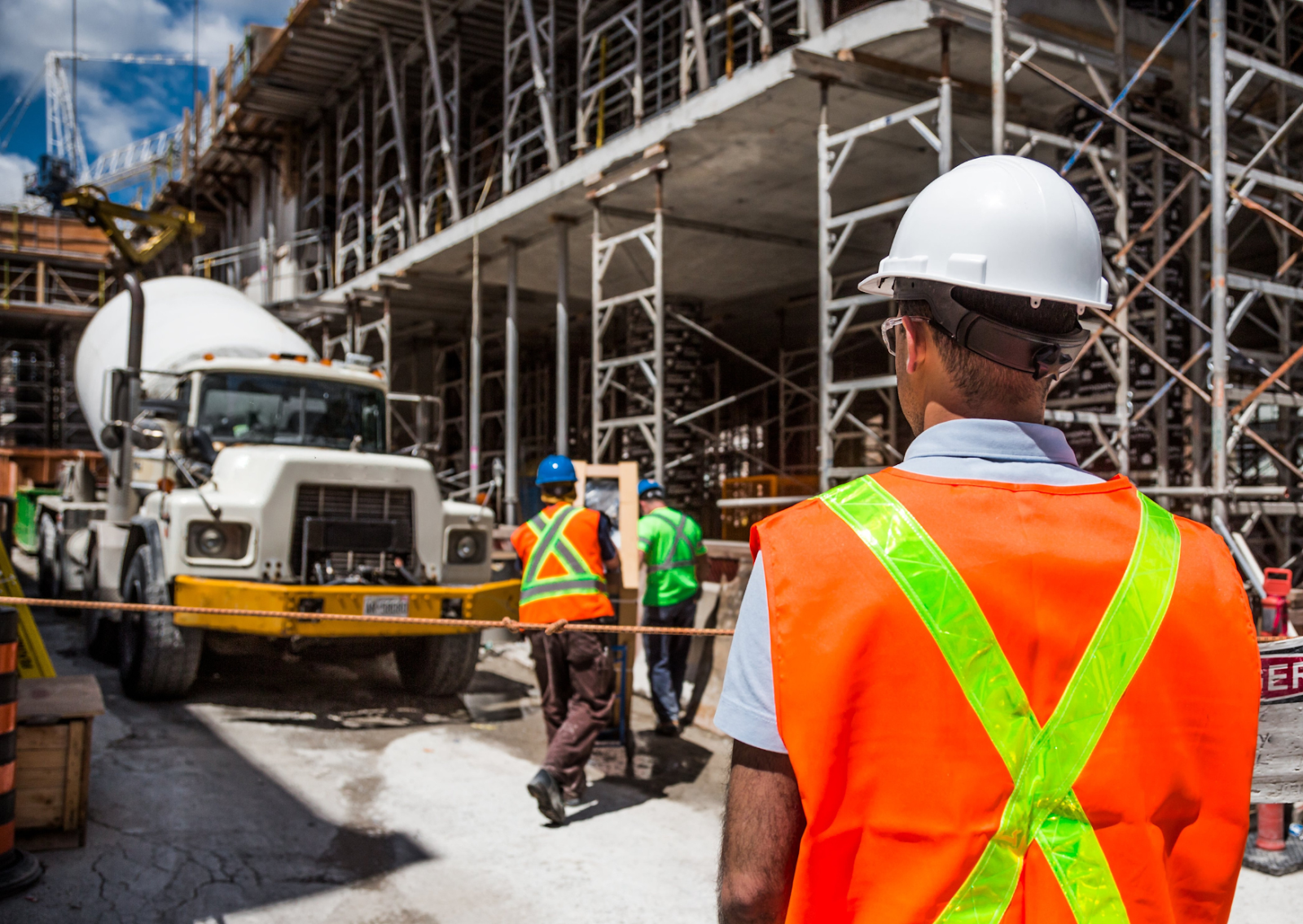What Skills Do Building Developers Need to Launch a Real Estate Development Project in Los Angeles?
Successful building developers combine business acumen with on-the-ground know-how. In L.A.’s competitive real estate industry, you will need to master at least five skill sets:
- Market analysis: reading demographic data and sales trends to target the right location, price point, and product type.
- Financial modeling: comparing loan products, equity structures, and tax incentives to finance real estate deals effectively.
- Land-use literacy: interpreting zoning codes, environmental rules, and design guidelines.
- Team leadership: coordinating general contractor crews, consultants, and community groups from pre-planning to turnover.
- Negotiation & soft skills: working with brokers, investors, public agencies, and neighbors to build consensus.
Strong communication and adaptive thinking are essential skills often cited as must-haves by seasoned industry professionals.
How Does the Development Process Begin With Feasibility Studies and Land Acquisition?
Every project starts with three early-stage questions:
- Can we build here? Check zoning overlays and height limits.
- Should we build here? Analyze supply, demand, and projected absorption.
- Will the numbers work? Stress-test costs, rents, and exit cap rates.
A typical feasibility checklist includes:
- Site surveys and Phase I environmental reports
- Pro-forma cash-flow models
- Comparable-sales and rent-roll studies
- Sensitivity analyses for construction inflation and interest-rate shifts
If the answers look positive, developers either purchase fee-simple land, ground-lease it, or partner with other developers and landowners on a joint venture.
Why Is Understanding Zoning Crucial for Real Estate Developers in the Los Angeles Market?
Los Angeles operates under 35+ community plans, each with unique density, height, and parking ratios. Knowing whether a parcel is “by-right,” “ministerial,” or “discretionary” determines timelines and risk. Projects that trigger discretionary review— such as zone changes or conditional-use permits—usually face:
- Environmental impact assessments (CEQA)
- Public hearings with neighborhood councils
- Potential appeals or litigation
City Planning’s Planning Approvals portal breaks down these pathways step-by-step. Missing a filing deadline can stall a development project by months, so many developers retain permitting consultants.
How Do Building Developers Finance Real Estate Deals and Structure Capital Stacks?
One of the most crucial parts of the development process is figuring out how to pay for it. Most real estate developers don’t fund projects entirely with their own money—they use what’s called a capital stack, which refers to the different layers of financing used to fund a development project.
Here’s how that typically breaks down:
- Senior debt is usually the largest portion. This comes from banks or institutional lenders and can cover around 50–60% of the total project cost. It’s the most secure layer, so it also tends to come with the lowest interest rates.
- Mezzanine debt fills in part of the gap between the senior loan and the developer’s own equity. These loans are riskier and cost more, but they allow developers to contribute less upfront capital.
- Preferred equity is another financing tool that offers fixed returns to investors. It’s often used to attract funds from private investors, family offices, or mission-driven capital like ESG-focused funds.
- Common equity is typically the developer’s own money, plus what they raise from partners or investment groups. This is the riskiest layer, but it’s also where the biggest rewards come if the project succeeds.
To finance real estate deals in Los Angeles, developers often mix and match these layers creatively. For example, some may use loan products like construction-to-permanent loans or take advantage of state or city programs for affordable housing or energy-efficient buildings.
Ultimately, understanding how to structure financing is just as important as understanding construction. Without a smart capital strategy, even the best-designed real estate projects can fall apart before they break ground.
What Happens During the Entitlement Phase of a Development Project?
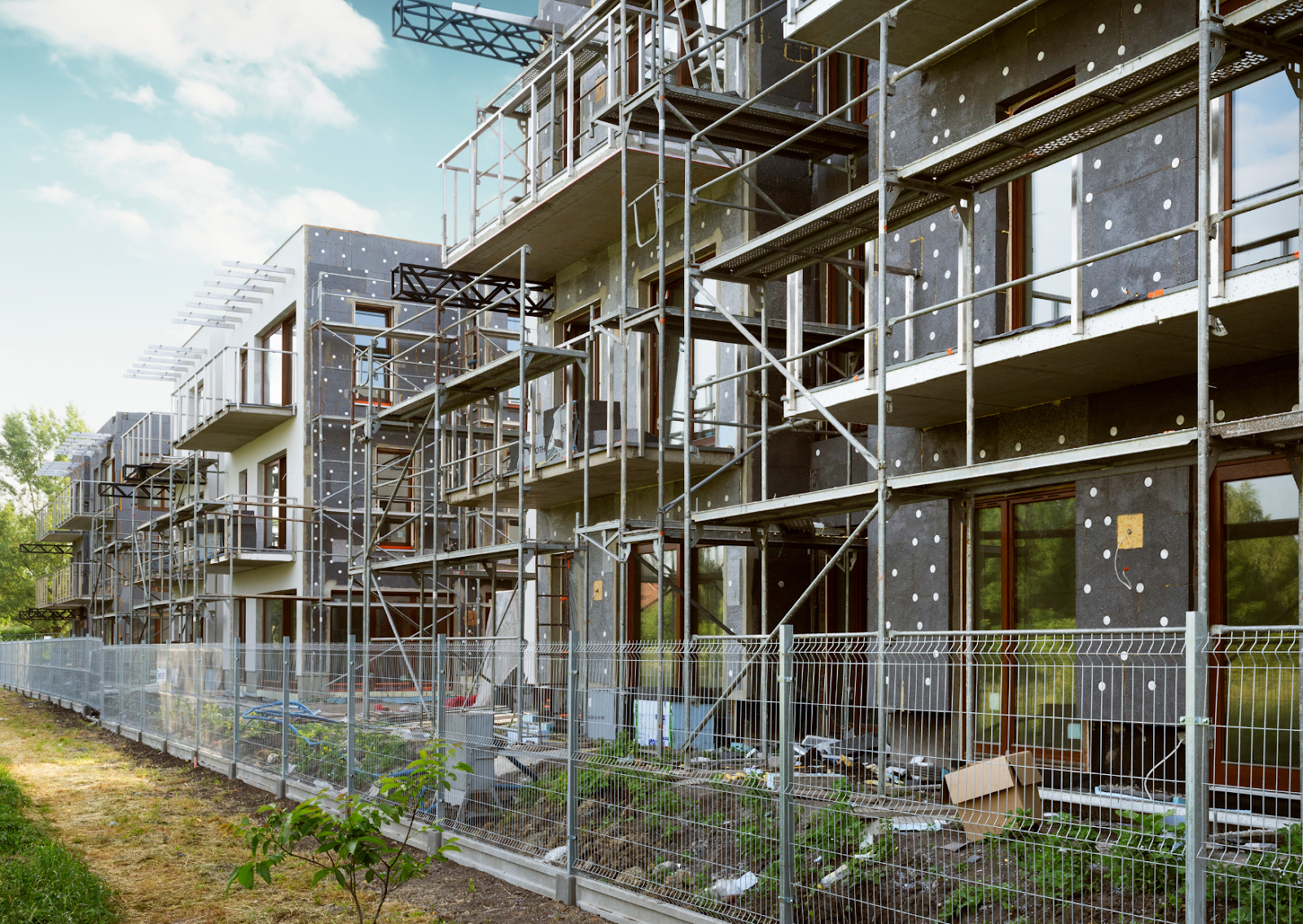
Entitlements secure the legal right to build. In Los Angeles that means:
- Pre-submittal meetings with City Planning and LADBS.
- Filing master-land-use applications and environmental documents.
- Public comment & hearings before the Zoning Administrator or Area Planning Commission.
- Resolution letters outlining conditions of approval.
Distinguishing between entitlements (planning) and building permits (safety) is critical—a nuance the ATC Research guide highlights.
How Do Builders Build Projects Efficiently During the Construction Phase?
Once approvals and financing close, the construction phase begins. Best-practice steps include:
- Value-engineering workshops to save on materials and labor without hurting quality.
- Lean scheduling (Last Planner® System) to eliminate waste.
- Integrated Building Information Modeling (BIM) for clash detection.
- Weekly pull-plan meetings with trade partners and contractors.
In seismic-prone L.A., compliance with the City’s Structural Design Manual and periodic LADBS inspections is non-negotiable.
How Do Developers Market and Lease Residential Real Estate and Commercial Spaces?
Pre-leasing often starts 6–12 months before Certificate of Occupancy:
- Leasing agents host virtual tours and release staged units.
- Social-media campaigns showcase the building program, amenities, and neighborhood perks.
- Concessions—one month free rent or TI allowances—help achieve stabilization.
For mixed-use properties, ground-floor commercial spaces command premiums if they secure destination tenants (coffee shops, boutique fitness). Many developers also “white-box” retail suites to cut downtime.
How Do Community Groups and Affordable Housing Requirements Shape Development Outcomes?
Under California’s Housing Crisis Act and L.A.’s Transit Oriented Communities incentives, projects that reserve units for affordable housing gain density bonuses and parking reductions. Developers must:
- Engage community groups early to address traffic, shadow, and school-capacity concerns.
- Provide on-site open space or contribute to local infrastructure funds.
- File annual compliance reports with the California Department of Housing and Community Development
These steps foster goodwill and reduce legal risk.
When Should Building Developers Ultimately Sell or Hold Properties in a Dynamic Market?
Exit timing depends on:
- Market cycle (cap-rate compression vs. expansion)
- Tax considerations (recapture, 1031 exchanges)
- Sponsor goals (IRR hurdles, fund-life limits)
Developers who ultimately sell at stabilization lock in profit and recycle capital; those who hold enjoy long-term cash flow, especially in luxury properties near transit.
How Can Real Estate Developers Manage Operations and Create Long-Term Value?
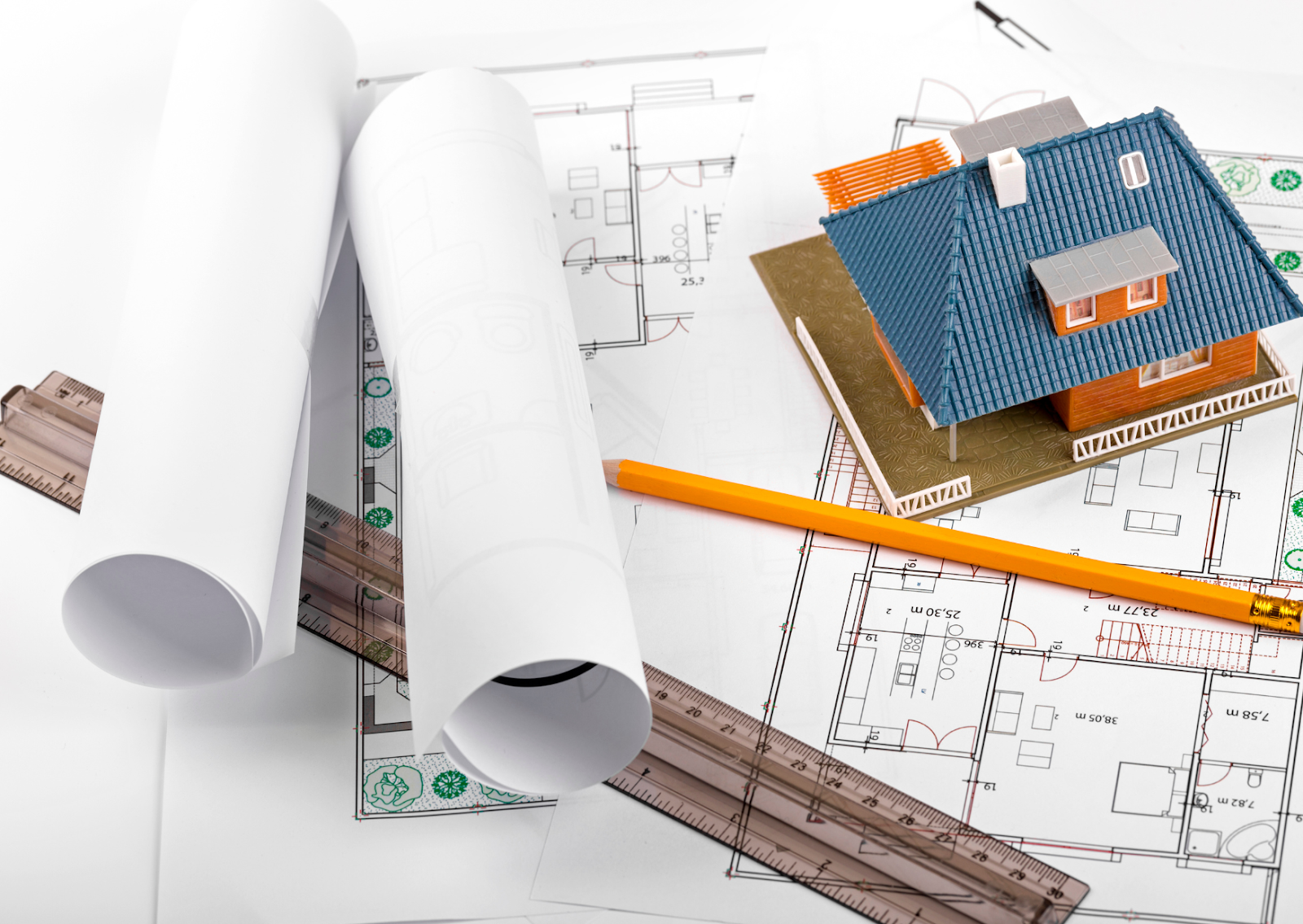
Post-completion asset management focuses on:
- Preventive maintenance plans
- Energy-retrofit upgrades that cut operating expenses
- Tech platforms to track work orders and tenant satisfaction
- Regular refinancing to lower the cost of capital
According to the U.S. Census Bureau, median gross rent in Los Angeles now exceeds $1,700, underscoring the need for sustainable, well-managed residential real estate assets.
Where Can Building Developers Find Expert Support in Los Angeles?
Ready to turn your next development project into a landmark success? Partner with MID Construction Group—the team that helps developers plan, build, and manage projects from concept to completion. Explore how their full-service approach can streamline entitlements, shrink build times, and maximize returns. Call now for more information!
Final Thoughts
Navigating the Los Angeles development process is complex, but armed with the right skills, data, and partners, building developers can create housing, jobs, and resilient communities that stand the test of time. Treat every site as an opportunity to create lasting value—financial, social, and environmental—and your next development could be a model for the city’s vibrant future.
Works Cited
California Department of Housing and Community Development. Housing Open Data Tools. 2025. hcd.ca.gov
Los Angeles City Planning. Planning Approvals. 2025. planning.lacity.gov
Los Angeles Department of Building and Safety. Plan Check & Permit. 2025. ladbs.org
ATC Research. “LA City Planning Entitlements and LADBS Permits: Key Differences Explained.” 2024. atcresearch.co
Urban Land Institute. Emerging Trends in Real Estate® United States and Canada 2025. 2024. la.uli.org
U.S. Census Bureau. “Los Angeles City, California – QuickFacts.” 2025. census.gov
Frequently Asked Questions
1. What does a building developer do in Los Angeles?
A building developer oversees the entire real estate development process—from feasibility studies and land acquisition to design, construction, leasing, and property management. In Los Angeles, this includes navigating local zoning laws, securing financing, engaging community groups, and ensuring projects align with both city standards and market demands.
2. How do real estate developers secure funding for a development project?
Most real estate developers use a layered approach known as the capital stack, which includes senior debt, mezzanine loans, preferred equity, and common equity. They also explore specialized loan products or public funding if the project involves affordable housing, sustainability, or mixed-use components.
3. What are the biggest challenges developers face during the entitlement and permitting phase?
In Los Angeles, developers must secure zoning approvals, environmental clearances, and building permits. The process can involve months of public hearings, community feedback, and compliance with strict planning codes, making early legal and consultant involvement crucial for project success.
4. When should a developer sell a property versus hold it for long-term income?
This depends on factors like market conditions, tax strategy, and investor goals. Developers who ultimately sell after completion may benefit from quick returns, while others prefer to hold assets for consistent rental income, especially in the case of residential real estate or luxury properties in desirable neighborhoods.
5. How does community involvement impact the real estate development process in L.A.?
Developers are expected to work with community groups to address concerns such as traffic, school capacity, and environmental impacts. Projects that include affordable housing or public benefits often gain faster approval and stronger community support, contributing to long-term project stability.


